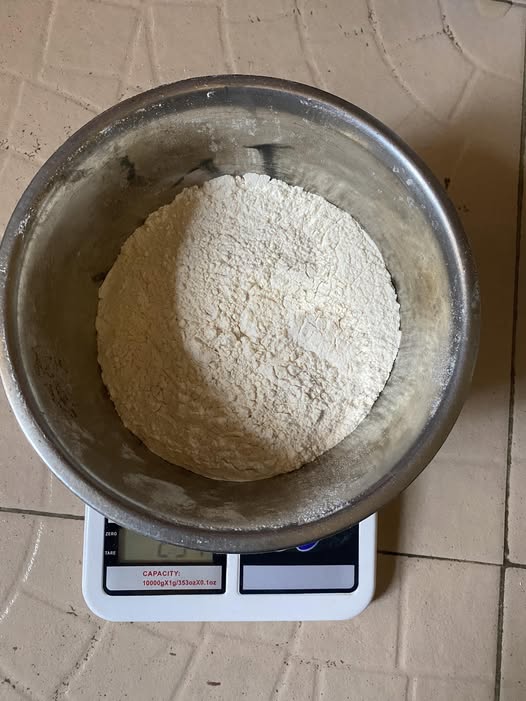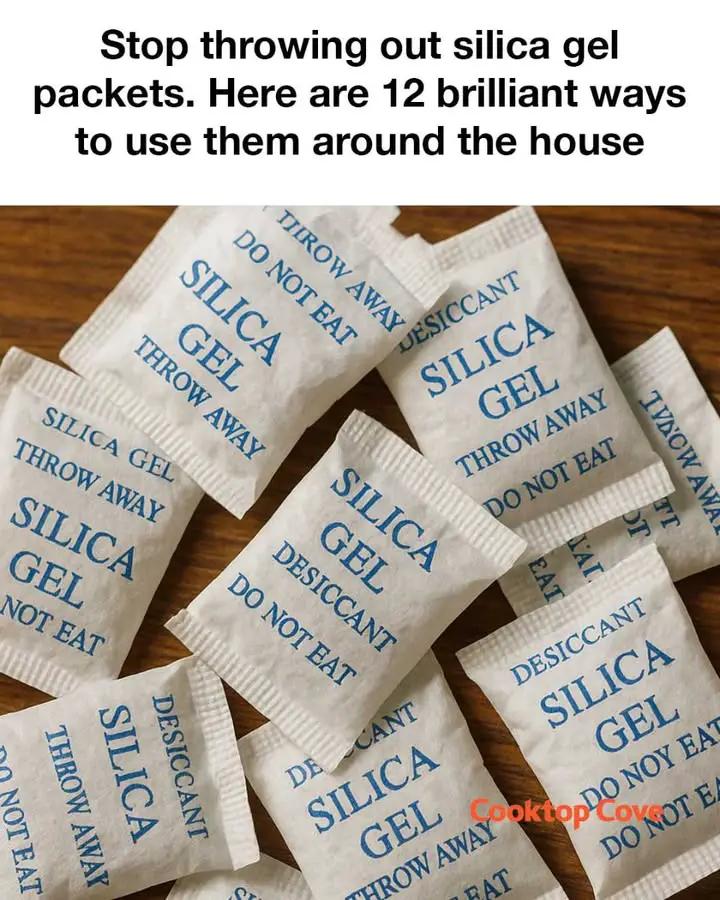Check Your Flour Freshness
Ever baked a cake that came out flat, dry, or simply weird-tasting? If you followed the recipe to the letter and still ended up disappointed, the culprit might be your flour. Flour is a foundational ingredient in baking, and its quality can make or break your dessert. Here’s what you need to know:
The Impact of Stale Flour
Stale flour can ruin your bake. When flour is past its prime, it can develop an off taste or smell that transfers to your batter. This can make your cakes taste bad, leading to a baking disaster that no amount of frosting can save. Additionally, stale flour tends to create a denser product that struggles to rise properly, resulting in a cake that falls flat.
How to Inspect Your Flour
To ensure your flour is fresh, perform a simple inspection before baking. Always give it a smell test—fresh flour should have a neutral scent. If there’s a rancid or unusual odor, it’s time to discard it. Look for clumps, which can indicate moisture absorption, or pests that might have found a home in your pantry. If you see any of these signs, it’s better to err on the side of caution and get a new bag.
Proper Flour Storage
Storing flour correctly is crucial for maintaining its quality. Keep your flour in a cool, dry place, ideally in an airtight container to protect it from moisture and pests. If possible, store it in the refrigerator or freezer to extend its shelf life. Just be sure to bring it back to room temperature before using it in your recipes.
Baking Tip for Success
As a baker, you should always be mindful of every ingredient you use, especially flour. Incorporate these tips into your baking routine, and you’ll significantly improve your chances of creating cakes that not only look great but taste amazing, too. Happy baking!
Remember, the path to perfect cakes lies in the details. Keep your flour fresh, and you’ll enjoy a delightful baking experience.






